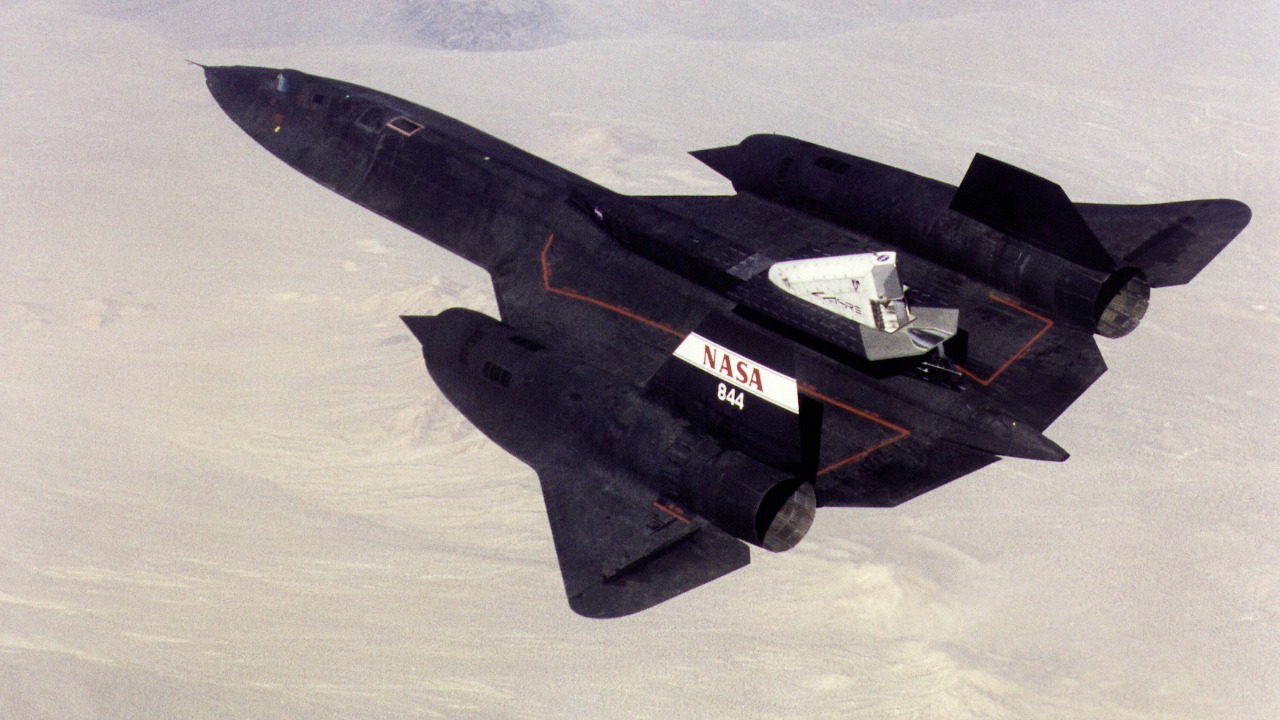
Aviation technology has come a long way since the Wright brothers’ first powered flight in 1903. However, several older aircraft models continue to outshine their modern counterparts in certain aspects. These aircraft, with their impressive speed, altitude, power, and versatility, have stood the test of time and continue to make their mark in the aviation world.
The Legendary Lockheed Martin SR-71 Blackbird: Master of Speed and Altitude
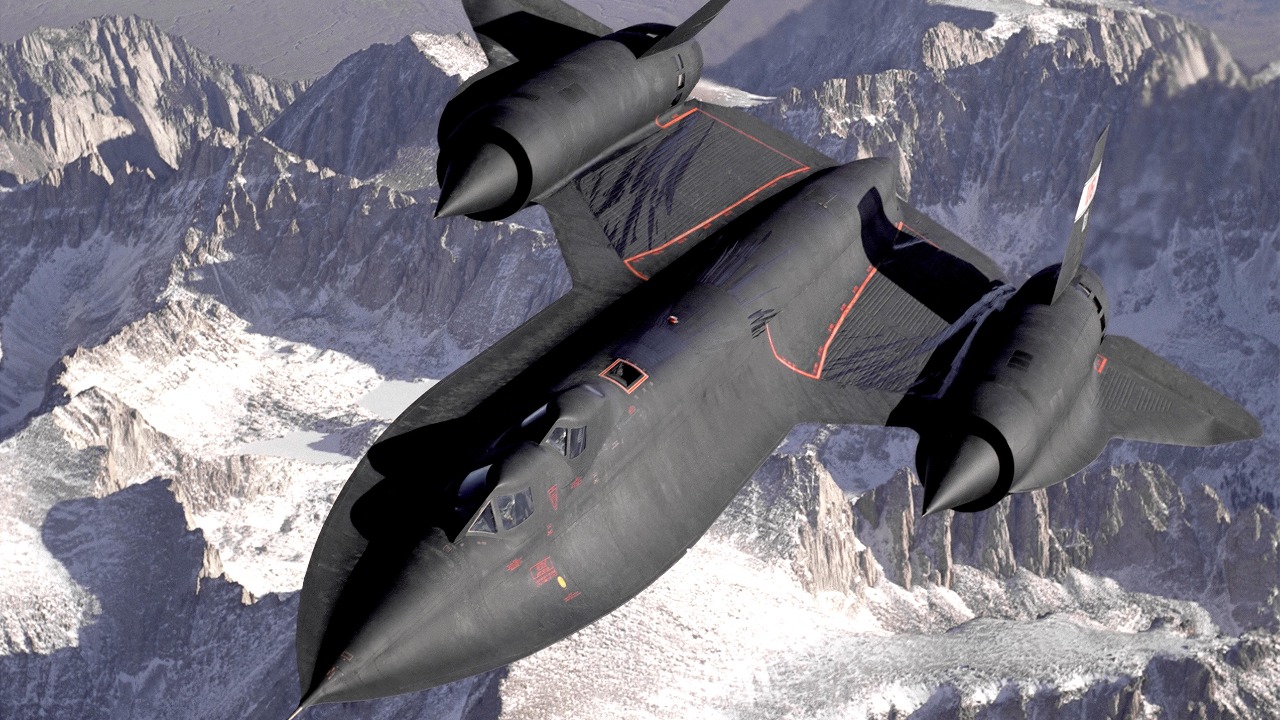
Designed in the 1960s, the Lockheed Martin SR-71 Blackbird is a long-range, strategic reconnaissance aircraft that still holds the record for the fastest air-breathing manned aircraft. Its ability to fly at three times the speed of sound and reach an altitude of 85,000 feet remains unmatched by many modern aircraft. The Blackbird’s innovative design and use of special materials to withstand extreme heat and speed have contributed significantly to its legendary status in the aviation industry.
The Ever-Reliable Boeing 747: The Queen of the Skies
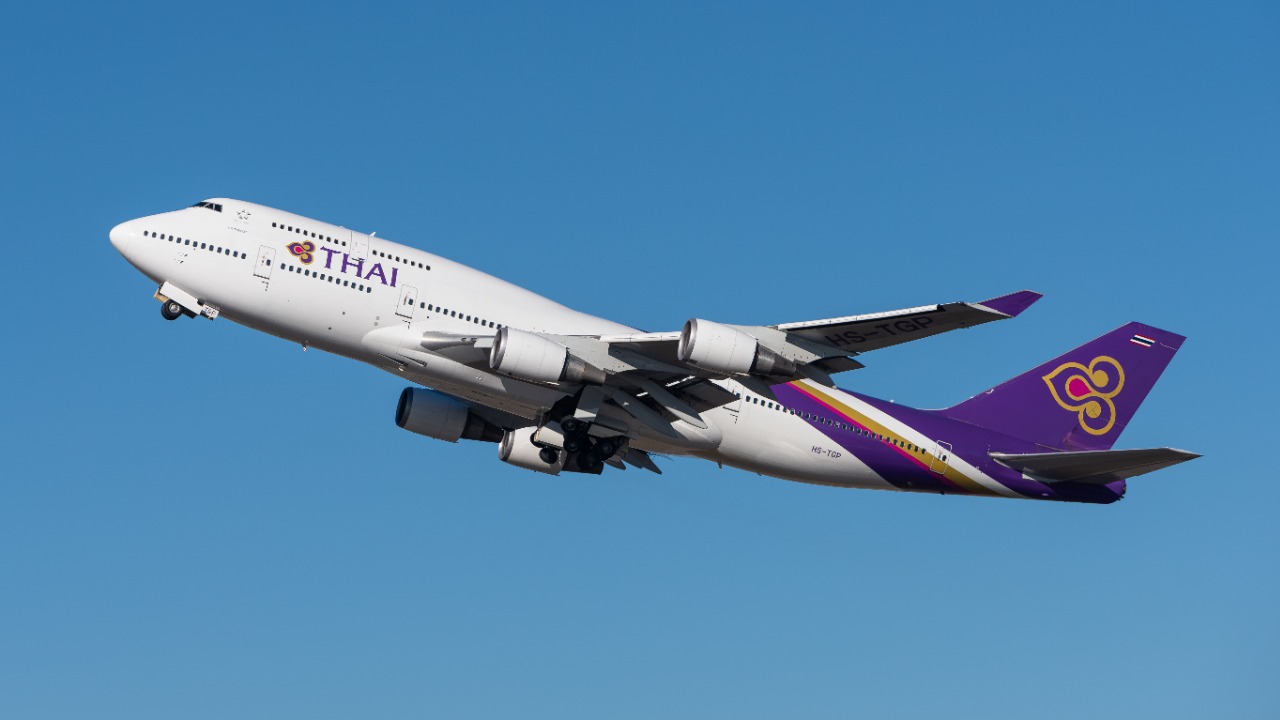
The Boeing 747, affectionately known as the “Queen of the Skies,” has been a mainstay in the commercial aviation industry for more than 50 years. Its wide-body design and four-engine configuration allow it to carry more passengers and cargo than many newer aircraft models. Despite its age, the 747’s remarkable reliability, fuel efficiency, and range continue to make it a preferred choice for many airlines worldwide.
The Impressive B-52 Stratofortress: A Testament of Power and Longevity
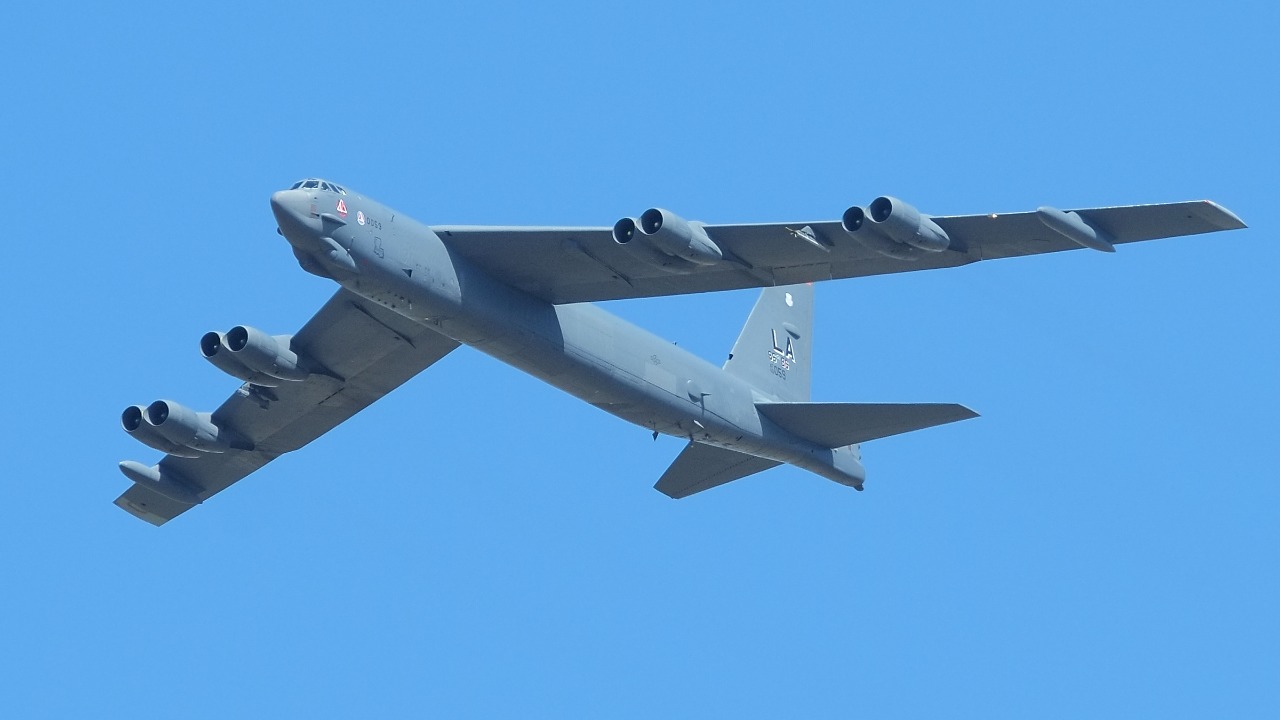
The B-52 Stratofortress, a long-range, subsonic, strategic bomber, has been in service with the United States Air Force since the 1950s. Despite being over half a century old, the B-52 is expected to remain in service until at least 2050 due to its unmatched endurance, payload capacity, and versatility. It can carry nuclear or precision guided conventional ordnance with worldwide precision navigation capability, making it one of the most durable and versatile aircraft ever built.
The Unforgettable McDonnell Douglas F-15 Eagle: Dominance in Dogfights
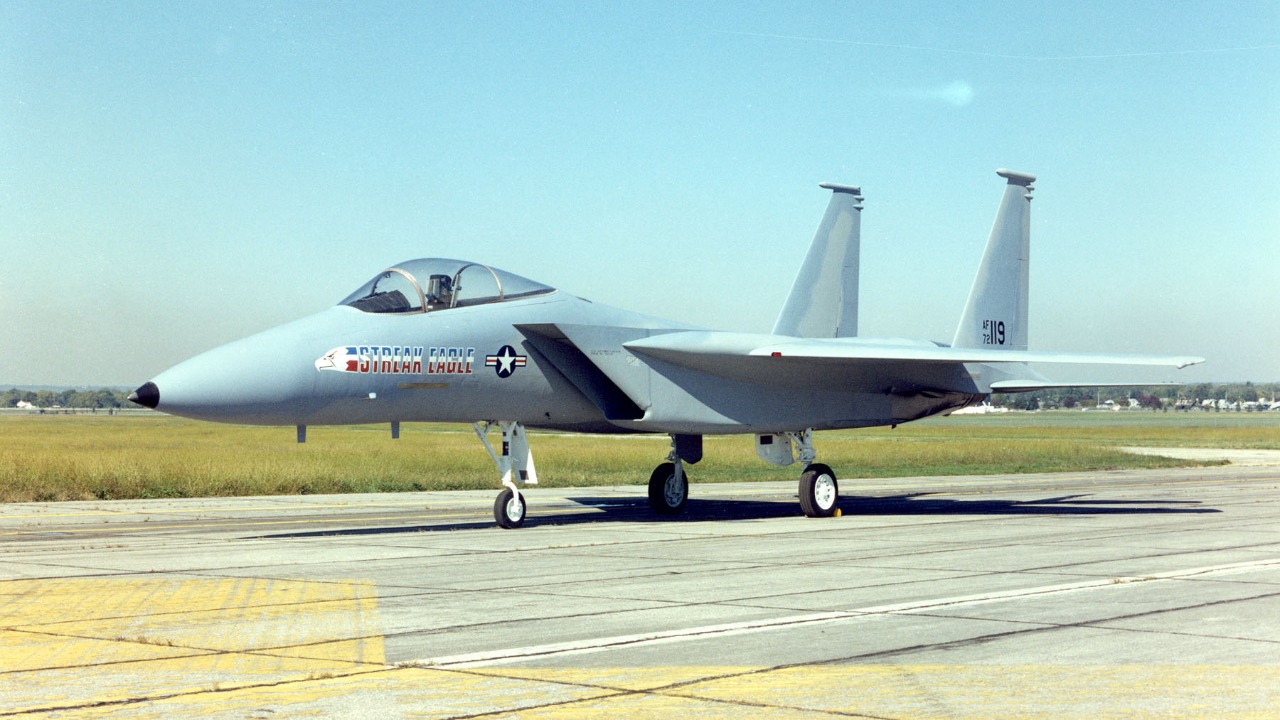
The F-15 Eagle, a twin-engine, all-weather tactical fighter aircraft, has maintained its reputation as a dominant dogfighter since its introduction in 1976. With its advanced avionics, superior maneuverability, and powerful engines that allow it to climb and accelerate faster than many modern fighters, the F-15 remains a formidable force in aerial combat.
The Unstoppable Lockheed C-130 Hercules: A Cargo Lifter with Unparalleled Versatility
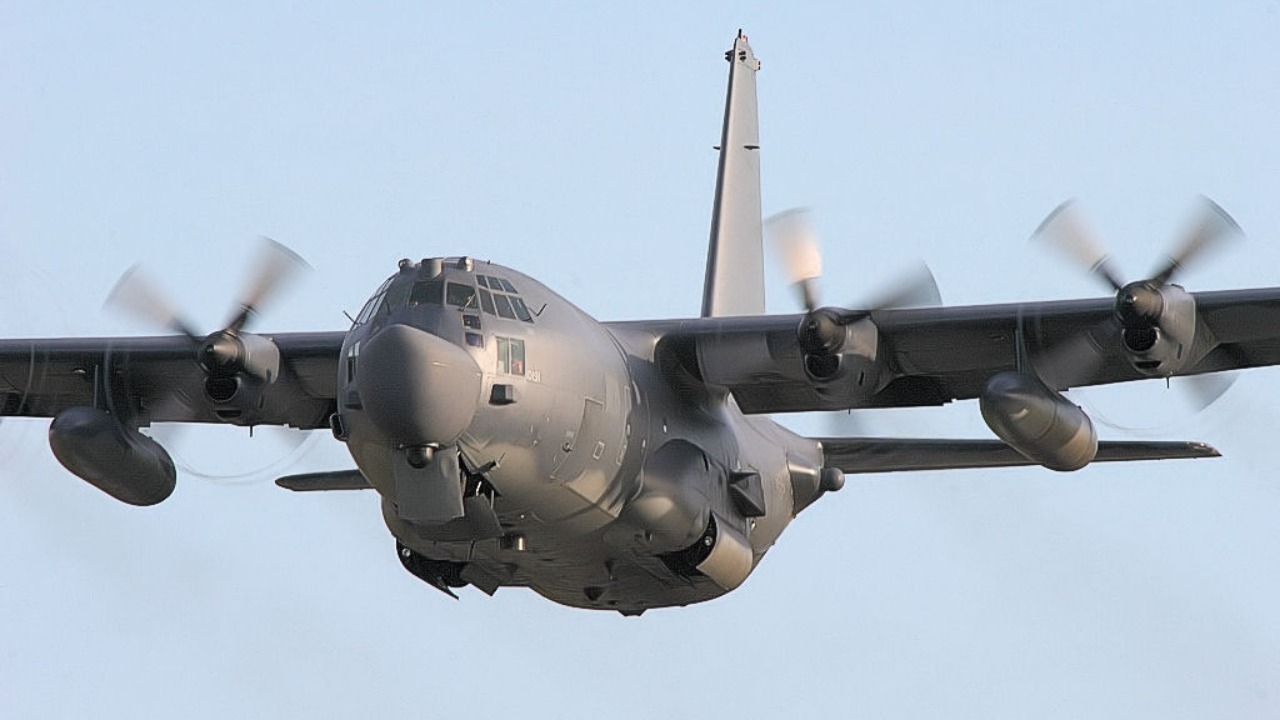
Known for its ruggedness, reliability, and versatility, the Lockheed C-130 Hercules is a four-engine turboprop military transport aircraft that can perform a variety of tasks, from air dropping supplies in the Antarctic to aeromedical missions. Its ability to take off and land on rough, dirt strips and its capacity to carry large payloads make it irreplaceable and a favorite among many air forces worldwide.
The Iconic Supermarine Spitfire: A Symbol of British Resilience
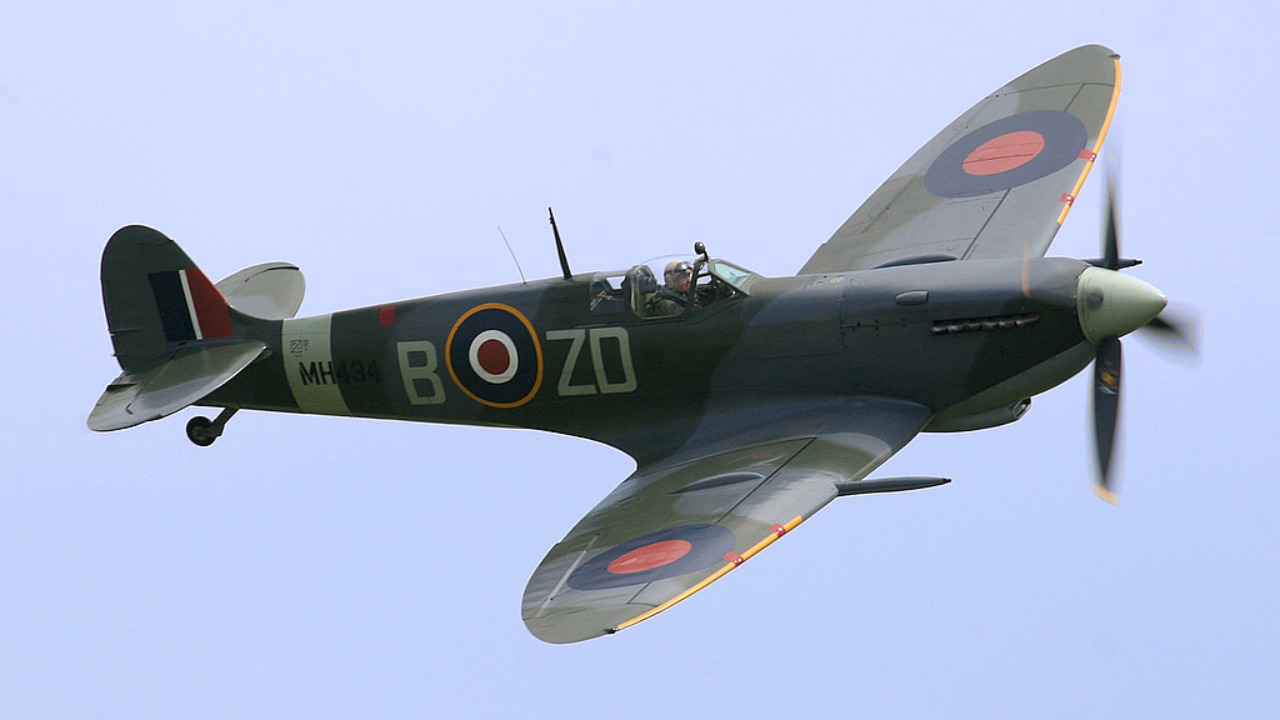
The Supermarine Spitfire, a British single-seat fighter aircraft, is perhaps best known for its role in the Battle of Britain during World War II. With its distinctive elliptical wing design and powerful Rolls-Royce Merlin engine, the Spitfire was a match for the best German fighters of its time. Its iconic status and significant role in securing air superiority for the Allies are well-documented in aviation history books.
The Indomitable A-10 Thunderbolt II: Unmatched in Close Air Support
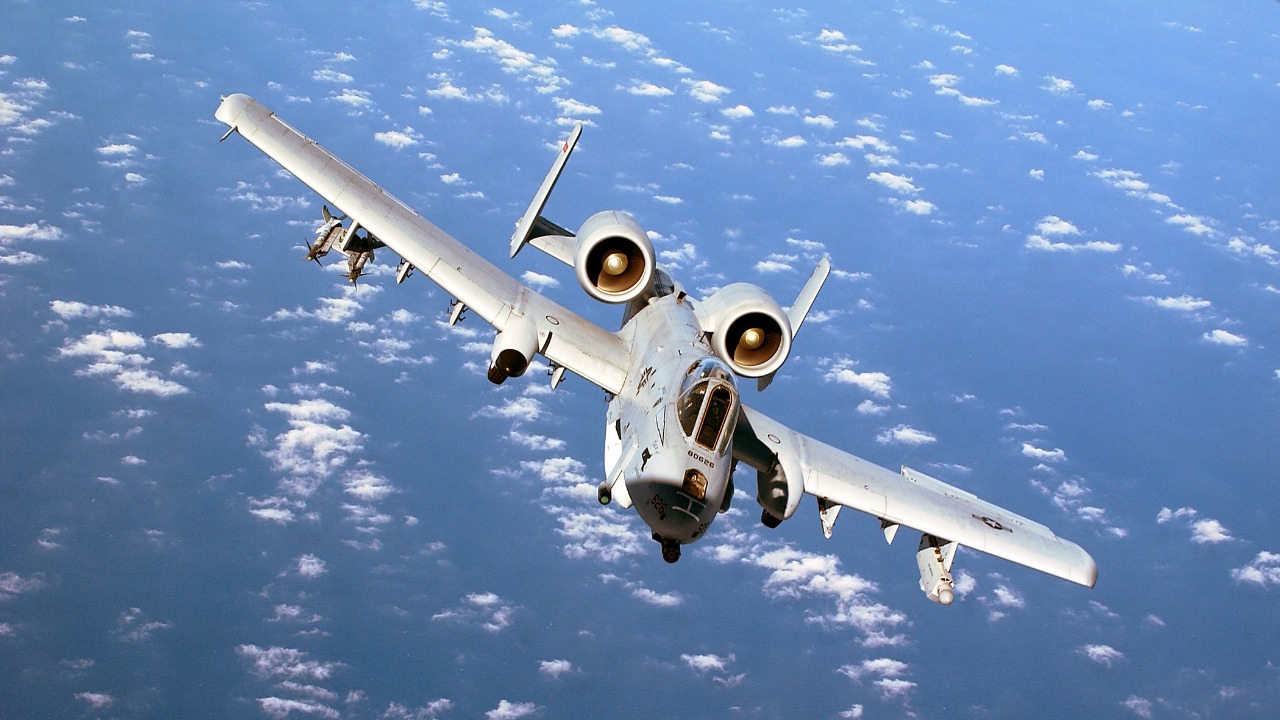
The A-10 Thunderbolt II, also known as the “Warthog,” is a single-seat, twin-turbofan engine, straight wing jet aircraft developed by Fairchild-Republic for the United States Air Force. It excels in the close air support role, providing support to ground forces in combat. Its heavy armor, long loiter time, large and varied payload, and extraordinary durability make it a force to be reckoned with on the battlefield.
The Historic F-4 Phantom II: An All-Weather, Multirole Fighter
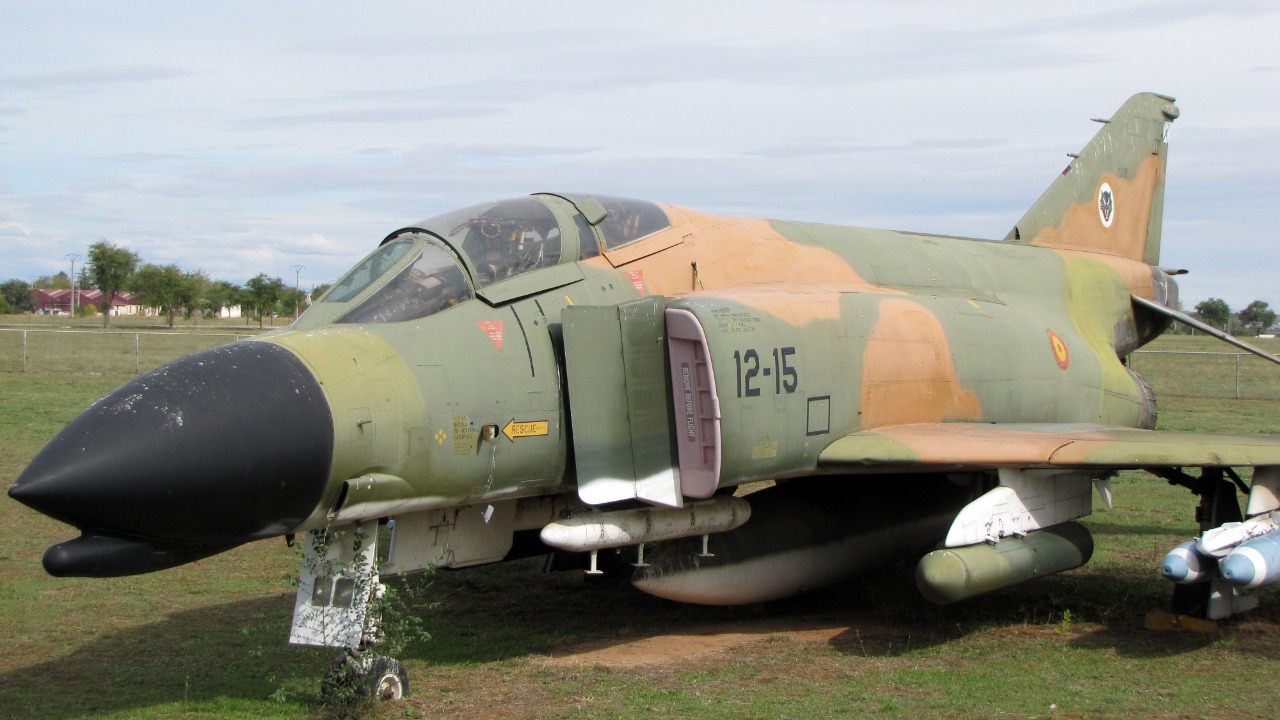
The F-4 Phantom II, a tandem two-seat, twin-engine, all-weather, long-range supersonic jet interceptor and fighter-bomber, was one of the most versatile fighters of its time. With its powerful engines, advanced radar system, and large missile payload, the F-4 was a formidable force in air combat during the Vietnam War and continues to serve in several air forces around the world.
The Classic P-51 Mustang: The Long-Range Fighter-Bomber that Changed WWII
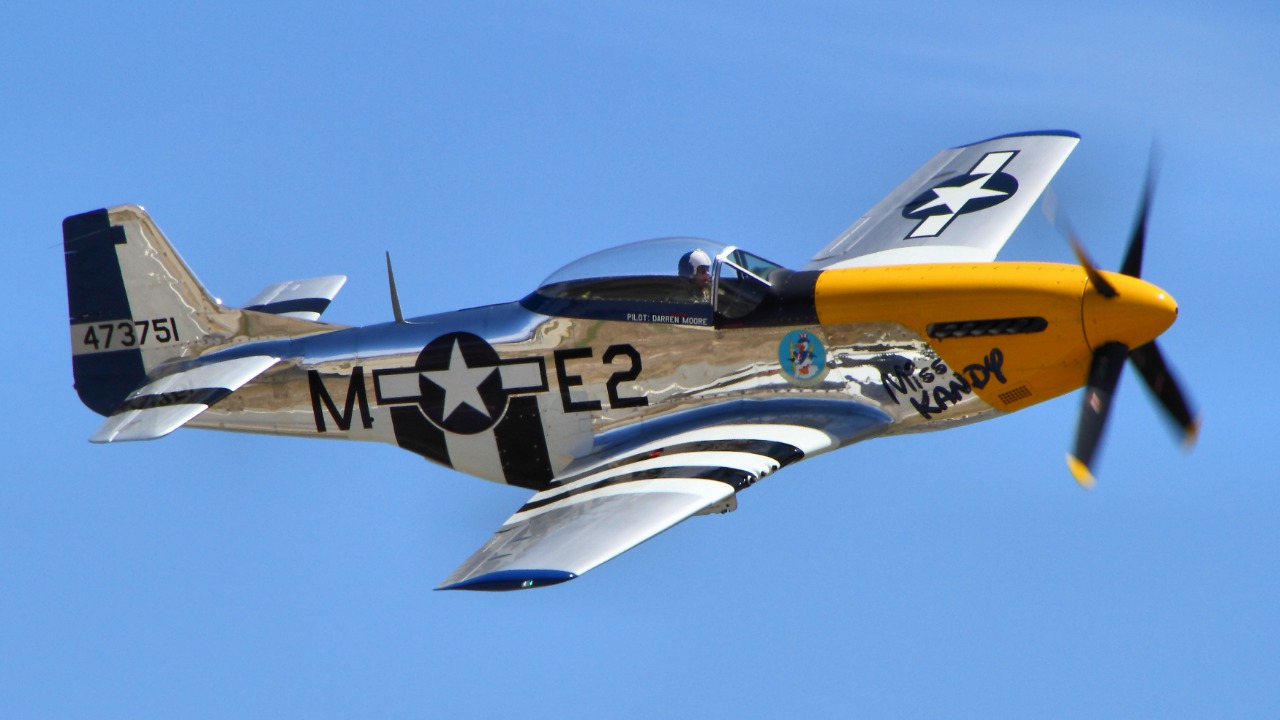
The P-51 Mustang, a long-range, single-seat fighter and fighter-bomber, played a significant role in World War II. Its range, speed, and firepower gave it an edge in air combat, and it was instrumental in securing air superiority for the Allies. The P-51 is hailed as one of the most effective fighters of the war and its impact is extensively covered in various historical analyses.